|
CULTURE & INFORMATION > PICTURES FROM JAPAN |
| The City at Night (Marunouchi / Tsukishima / Ikebukuro / Odaiba) |
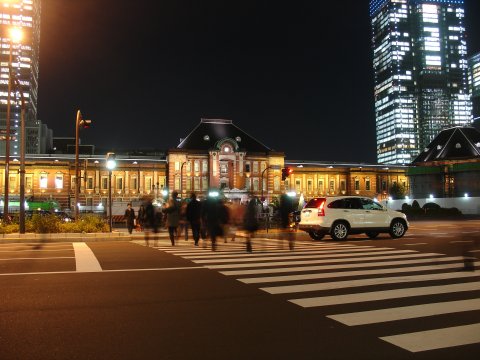
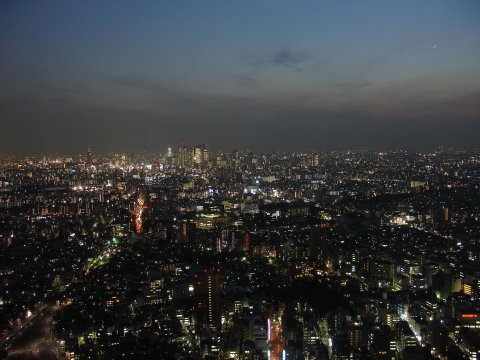
|
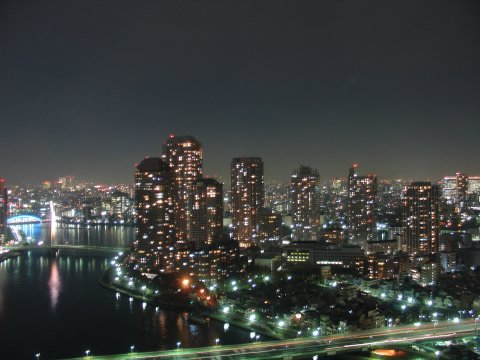
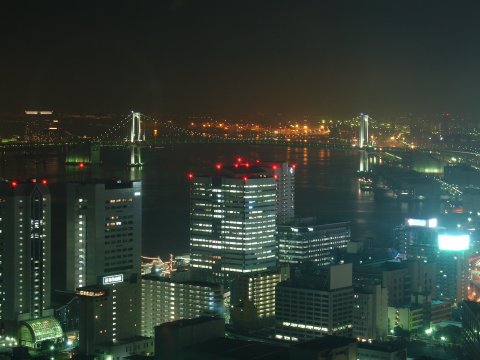
|
| Kabuki Theater Now and Then |
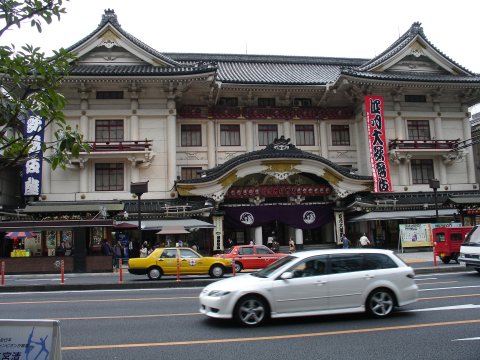 |
|
(c) Ministry of Foreign Affairs, Japan |
One of Japan's major genres of traditional theater, Kabuki began in the early 17th century as a kind of variety show performed by troupes of itinerant entertainers. By the beginning of the Genroku era (1688 - 1704), there had developed three distinct types of kabuki performances: jidai-mono (historical plays); sewa-mono (domestic plays), which usually portrayed the lives of the townspeople; and shosagoto (dance pieces).
(Source: The Japan Book, Kodansha International 2002) |
| Okinawa Prefectural Peace Memorial Museum |
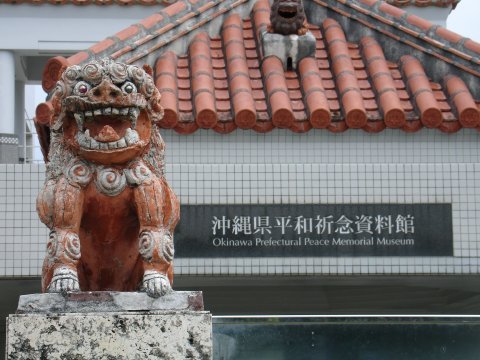
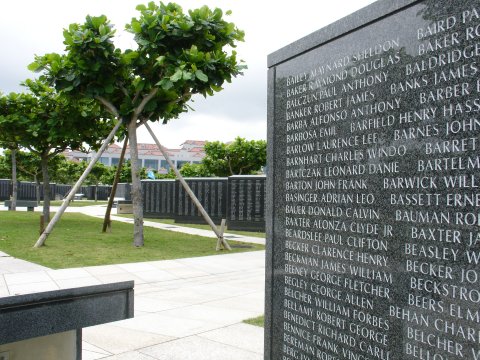
The Monuments bear names of those who lost their lives regardless of nationality or profession. |
The Battle of Okinawa in late March 1945 was the only ground fighting fought on Japanese soil and was also one of the largest campaign of the Asia-Pacific War, which claimed lives of more than 200,000 people. The Battle of Okinawa was significant in that more than 100,000 civilian lives were lost far outnumbering the military death toll.
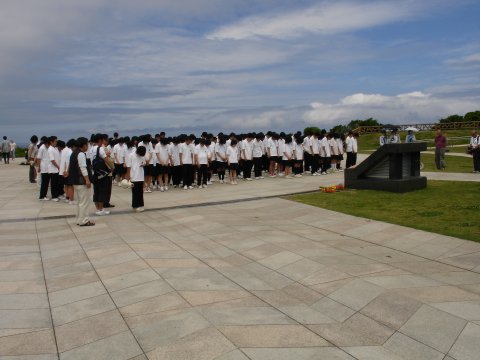
 Okinawa Prefectural Peace Memorial Museum Okinawa Prefectural Peace Memorial Museum |
| Okinawa Churaumi Aquarium |
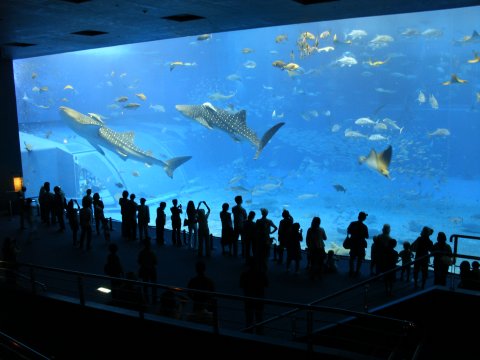
This world's second largest aquarium feasures the world's largest acrylic glass panel, measuring 8.2 meters by 22.5 meters with the thickness of 60 centimeters, for 7,500-cubicmeter tank. Whale sharks and manta rays are kept amongst many other fish and plant species in the main tank. |
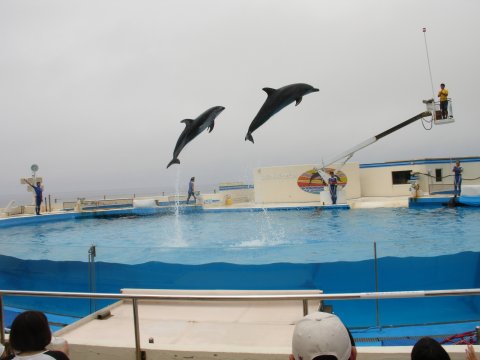
 Okinawa Churaumi Aquarium Okinawa Churaumi Aquarium
 Acrylic Panels for Aquariums (Kid Web Japan) Acrylic Panels for Aquariums (Kid Web Japan)
|
| City from the Sky |
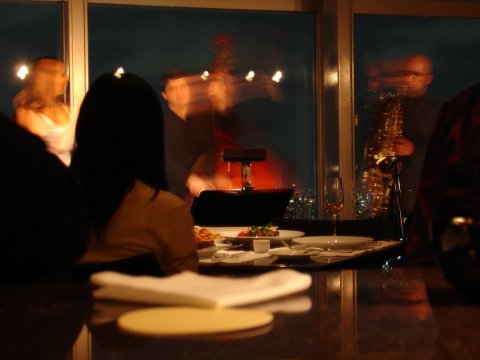
|
At the end of the day, Tokyoites relax at a jazz bar or at a cafe in the sky.
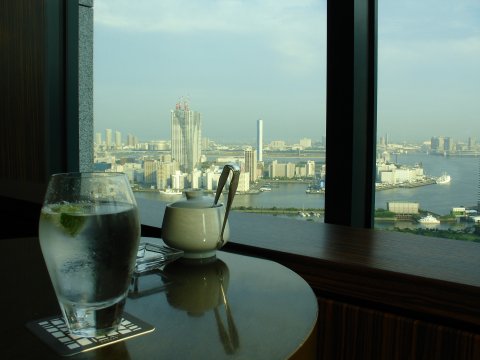
|
| "Izakaya" Bar / Restaurant |
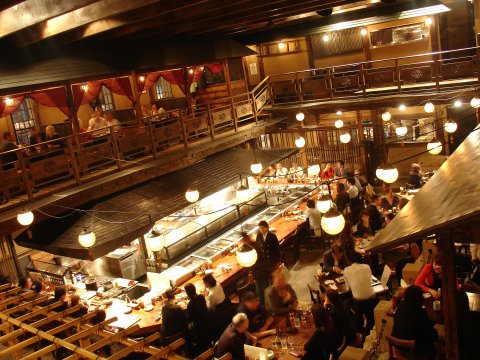 |
An izakaya is a type of casual Japanese drinking establishment serves various tapas-type food, beer, and sake, Japanese rice wine, from many different winery in the country.
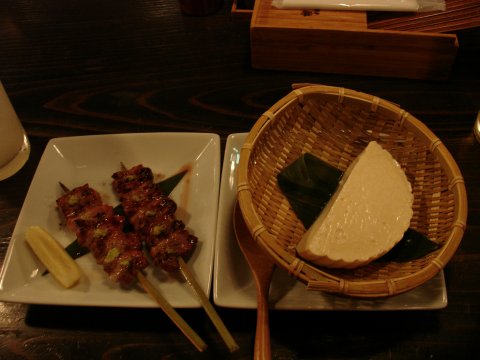
|
| City at Dusk (Shinjuku / Akasaka) |
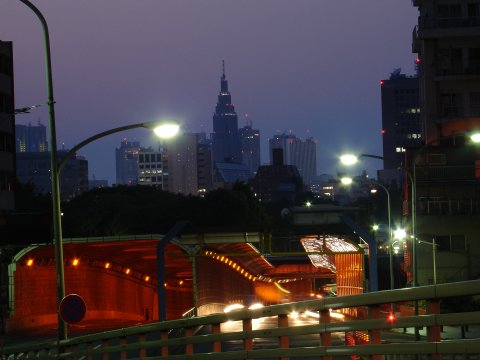 |
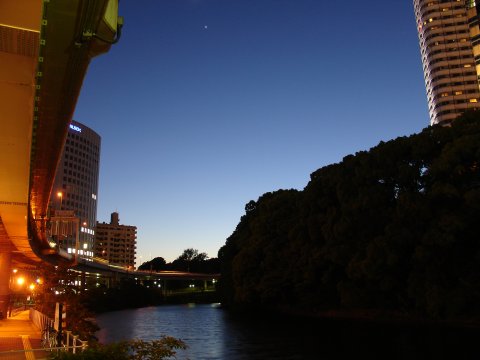
|
| Tokyo Tower form the Imperial Palace |
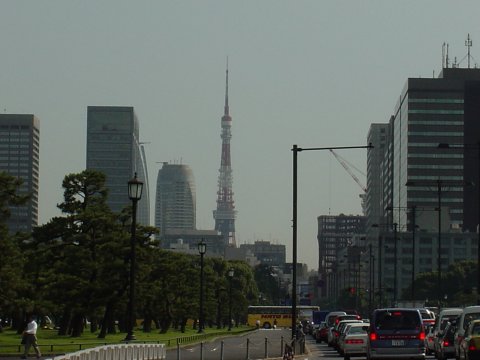 |
This 332.6 m (1091 ft) tall tower is one of the world's highest self-supporting steel towers and the tallest man-made structure in Japan.
 Tokyo Tower Tokyo Tower
|
| Skyline of Yokohama, Kanagawa |
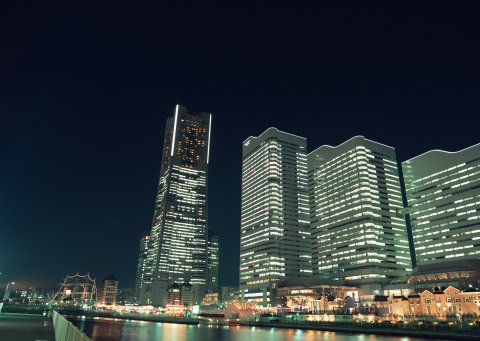
 City of Yokohama Website City of Yokohama Website
 Minatomirai 21 Official Website Minatomirai 21 Official Website
 Pacifico Yokohama Convention Center Pacifico Yokohama Convention Center
|
After the arrival of Commodore Matthew Perry of the United Steates with his fleet in 1953, City of Yokohama developed rapidly into Japan's major port city and the commercial hub of the Greater Tokyo Area. Today, the city is one of its major ports along Kobe, Osaka, Nagoya, Hakata, Tokyo and Chiba.
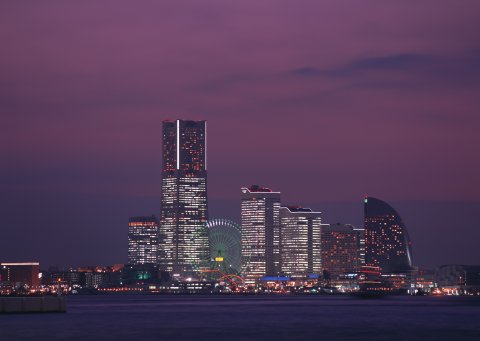
|
| The Imperial Palace |
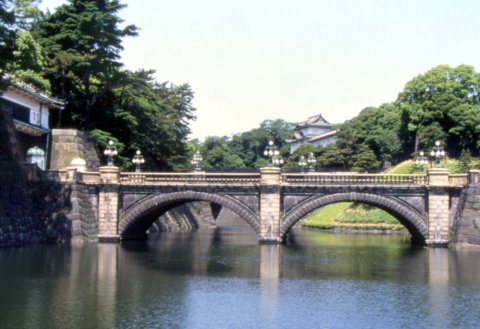
The residence of the Emperor of Japan is located in Chiyoda-ku, Tokyo. After the Meiji Restoration and the resignation of Tokugawa Yoshinobu, the last Tokugawa shogun, the Imperial court moved from Kyoto to Tokyo and the former Tokugawa stronghold of Edo castle became the residence of the emperor. |
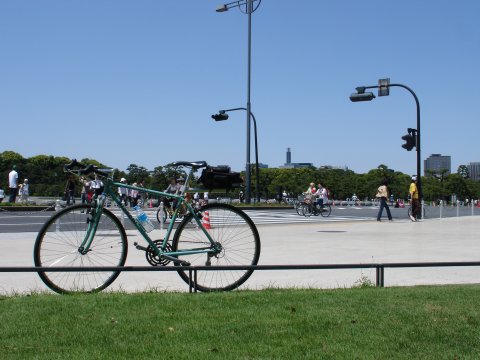
|
| Railroads in Japan |
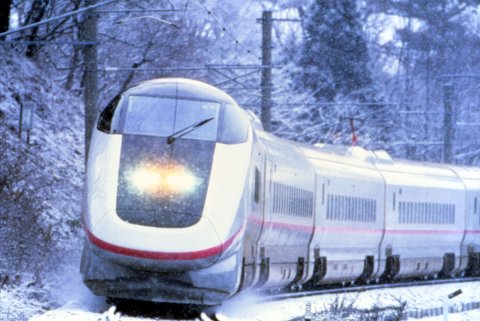
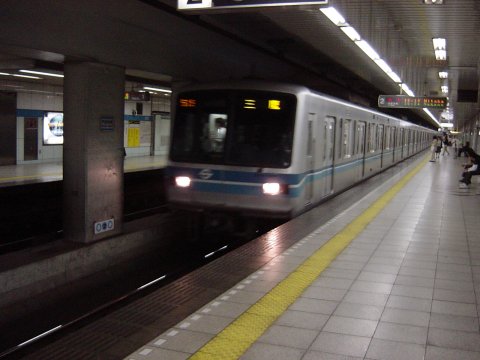
|
The core of Japan's net work of railways is the JR (Japan Railways) group, which was created when the Japanese National Railways (JNR) was privatized in 1987. The JR group is made up of six passenger railway companies, a freight railway company, and several other affiliated companies. In 1998 the passenger rail system comprised 27,182 operation-kilometers, of which JR companise operated 20,059 or 74 percent of the total. JR passenger service includes intercity trunk lines, urban feeder services, and large number of rural lines. It also operates Japan's fastest passenger trains on the Shinkansen (bullet train) lines. The JR group's Japan Freigh Railway Co. provides almost all of the rail freight service in Japan. In addition to the JR group companise, 16 large railway companise and more than 100 smaller railways provide regional transportation. There were non-JR subway networks operating in Tokyo, Osaka, Nagoya, Kobe, Sapporo, Yokohama, Kyoto, Fukuoka, and Sendai as of 2000. More than 8 million passengers a day travel on the 12 Tokyo subway lines and approximately 2.6 million travel on the 7 Osaka subway lines. Subway lines are designed to connect directly with existing suburban surface rail networks.
(Source: The Japan Book, Kodansha International 2002)
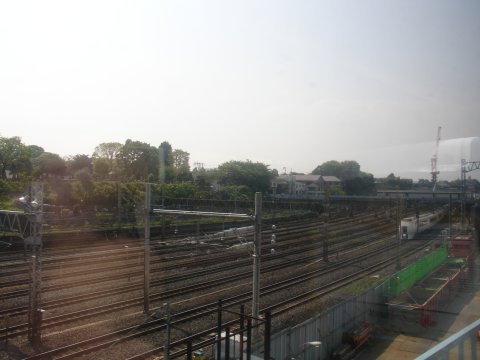 |
| Tango no Sekku |
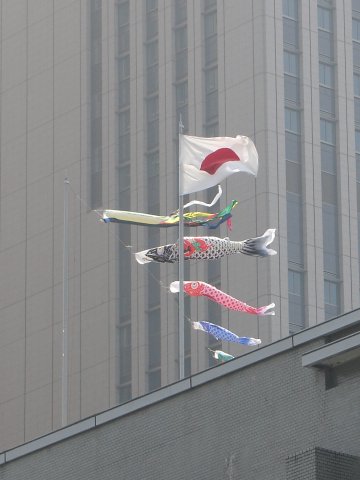
|
On May 5, Japanese families fly carp-shaped flags to celebrate Children's Day. Traditionally, the Japanese associate carp with boys because of the strength associated with carp that swim upstream.
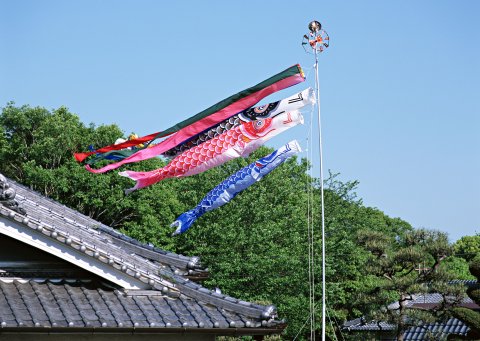
|
| Tokyo Statation Marunouchi Side |
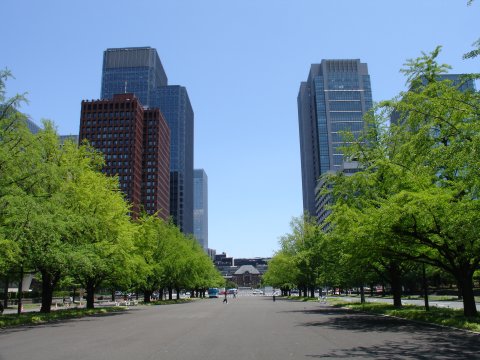
 East Japan Railway Company: Tokaido Line, Chuo Line, Yamanote Line, Keihin-Tohoku Line, Sobu Line (Express), Yokosuka Line, Keiyo Line, Tohoku Shinkansen, Yamagata Shinkansen, Akita Shinkansen, Jyoetsu Shinkansen, Nagano Shinkansen East Japan Railway Company: Tokaido Line, Chuo Line, Yamanote Line, Keihin-Tohoku Line, Sobu Line (Express), Yokosuka Line, Keiyo Line, Tohoku Shinkansen, Yamagata Shinkansen, Akita Shinkansen, Jyoetsu Shinkansen, Nagano Shinkansen
 Central Japan Railway Company: Tokaido Shinkansen Central Japan Railway Company: Tokaido Shinkansen
 Tokyo Metro Company: Marunouchi Line (M-17), Tozai Line (T-09) Tokyo Metro Company: Marunouchi Line (M-17), Tozai Line (T-09)
|
Opened on December 18, 1918, the station has seen so many changes to the city. As of April 2007, the station houses following 15 lines for 3 different railway companies.
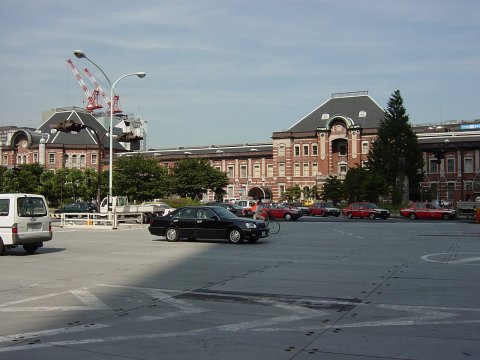
|

